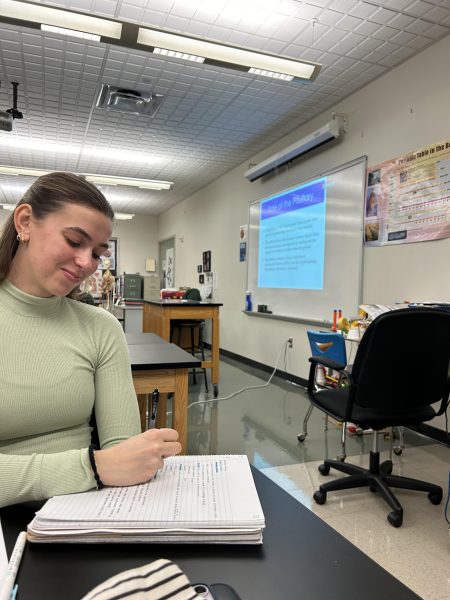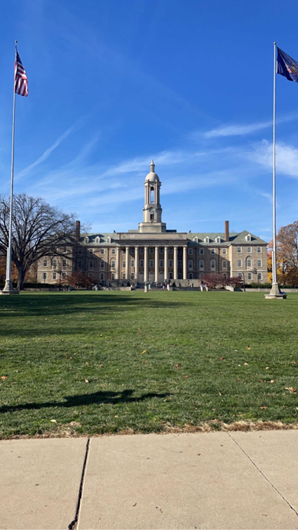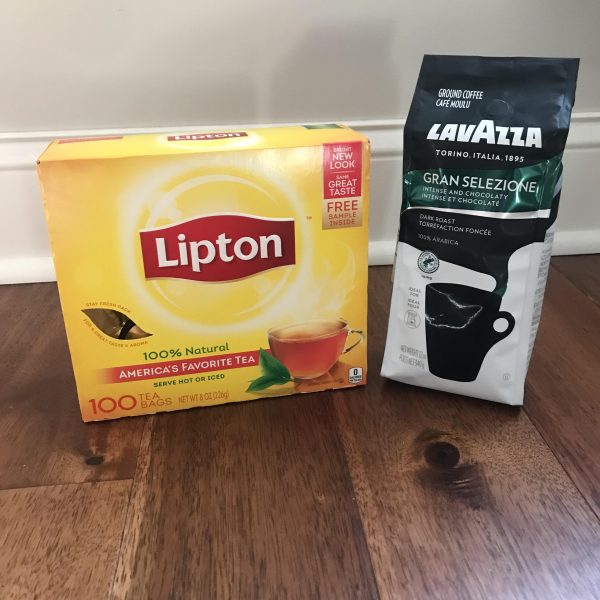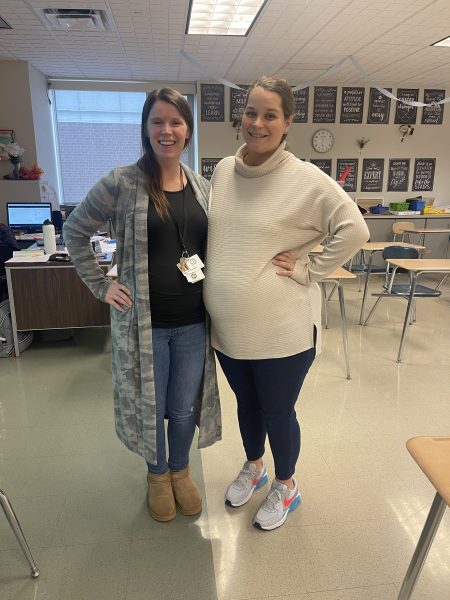Black and Female Victims of Sexual Assault
The amount of women who will face sexual violence in their lifetime is frightening: one in five in the United States. For women of color, female immigrants, LGBTQ women, and disabled women, however, the statistics are even worse in their favor. Taking into consideration that only around one in every 15 will even report rape, one in five black women are survivors. Before they’re 18, one of four black girls will be sexually abused, and if not they still have a 35% chance of exposure to sexual brutality throughout their entire life. All these numbers make black women more at risk than all women combined, and this can be partly explained by factors of intersectionality and a hypersexualized image of them prevalent in society.
Intersectionality describes the sort of doubled oppression women of color can feel due to their race and gender, and it unfortunately makes them more vulnerable to sexual attacks. Because of what Tamara Beauboeuf-Lafontant calls the “Strong Black Woman” archetype, these women’s feelings and emotional well-being are often ignored in sight of their apparent strength, and as a result black women are more rarely protected than other women. On top of this image people tend to have about them, these women have also been portrayed in rhetoric that has functioned since the 1400s. The idea that black women are inherently sexually promiscuous has been regurgitated throuought history, and most are familiar with the stereotype modernly, but it was initially used as a justification for sexual coercion involving their enslavement, rape, and forced reproduction during colonization. Stemming from this, we now see an excessive sexualization of black women in the media, and this kind of depiction affects normal women everyday. With the false assumption that a woman must be appealing for sexual attention based on her looks or outfit, some feel the entitlement to engage, and then expect the response they think they’ll get. This usually manifests itself in catcalling unless someone approaches and tries to make conversation, both of which can prove harmless, even if agitating, but the fear of not having the right response and receiving violent backlash from the person is valid, and the reason why many women are opposed to uncomfortable, upfront “pick-up” confrontations based around their body or sexuality.
With a rampant timeline of black women’s abuse being seen as socially acceptable, we need to do all we can to erase the portrayal of which encourages their vulnerability. Through discouraging music and other media which promote harmful ideas, along with educating oneself on historical connections and extending that to others, you can do your part in making a safer environment for these women by not perpetuating stereotypes. You can also contribute by supporting black and female owned businesses, or donating to organizations working specifically on sexual violence in the black community, such as Black Women’s Blueprint or Rights 4 Girls. In advocacy for both women and for black people black women can be forgotten at their intersection, so it’s important to keep them and their needs in the center of one’s activism, and do what’s possible to prevent the feeling of entitlement others have to their bodies that leads to high rates of sexual assault victimhood.
Sam Brauer is in grade 12. She participates in the concert choir along with the girls' acapella group, the Fematas. Enjoys going thrifting and attending...









